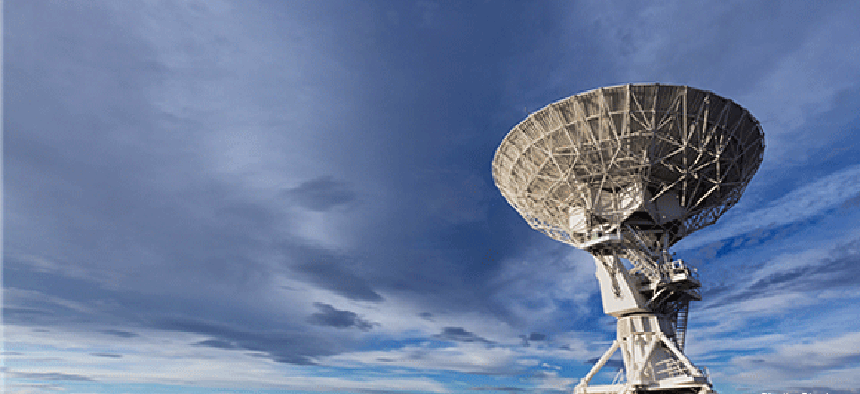NASA ships satellite mission data to the cloud

The Data Acquisition Processing and Handling Network Environment streamlines data capture, processing and delivery and gives researchers access to advanced analysis tools.
To make it easier and less expensive for researchers to work with satellite data, engineers at NASA’s Goddard Space Flight Center created the Data Acquisition Processing and Handling Network Environment. The DAPHNE system eliminates the need for unique ground station equipment and improves compute capabilities by pushing data to the cloud.
Data from NASA satellite missions are received via ground station antennas located in remote areas. Many of the stations feature hardware specific to a program, which validates, analyzes and distributes petabytes of data over the course of a mission. The complexity of the stations’ requirements make them expensive to maintain and reduces their scalability, according to the July-September issue of NASA OCIO IT Talk.
DAPHNE’s two-part solution consists of small-footprint, streamlined, easy-to-maintain hardware at the site and a commercial cloud-based virtual component, according an article by Goddard’s Salem El-Nimri, DAPHNE project development lead, and Steve Sirotzky, head of the Telecommunication Networks and Technology Branch.
When a satellite passes over a ground station, DAPHNE ingests the data, pushing the prioritized data to the cloud where mission-specific analysis and research can be conducted in a customizable, scalable architecture. Besides reducing the amount of mission-specific hardware, DAPHNE stores the data in the cloud and distributes it to science team. The system transmits the data by connecting to the nearest cloud backhaul network, a process that also cuts communication costs and eliminates the need for owning or leasing costly network connections.
“Missions can spin up servers in seconds to process the influx of data with the handshaking and data protocols they need,” streamlining data capture, processing and delivery, the engineers wrote. “When done, DAPHNE releases those servers and has no more financial commitment.”
Once data is in the cloud, scientists can use cloud-based artificial intelligence and data mining tools for to analyze the massive amount of satellite instrument data. Cloud-based data also gives researchers more collaboration opportunities.
DAPHNE has been deployed at a ground station in Alaska and on a remote Arctic island in Norway. Two more are planned for Puntas Arenas, Chile, and Wallops Island, Va.
The DAPHNE’s “true innovation is in its ability to drive new ideas,” the authors said. “The system puts new methods of collaboration and processing within the reach of those able to expand human knowledge.”





